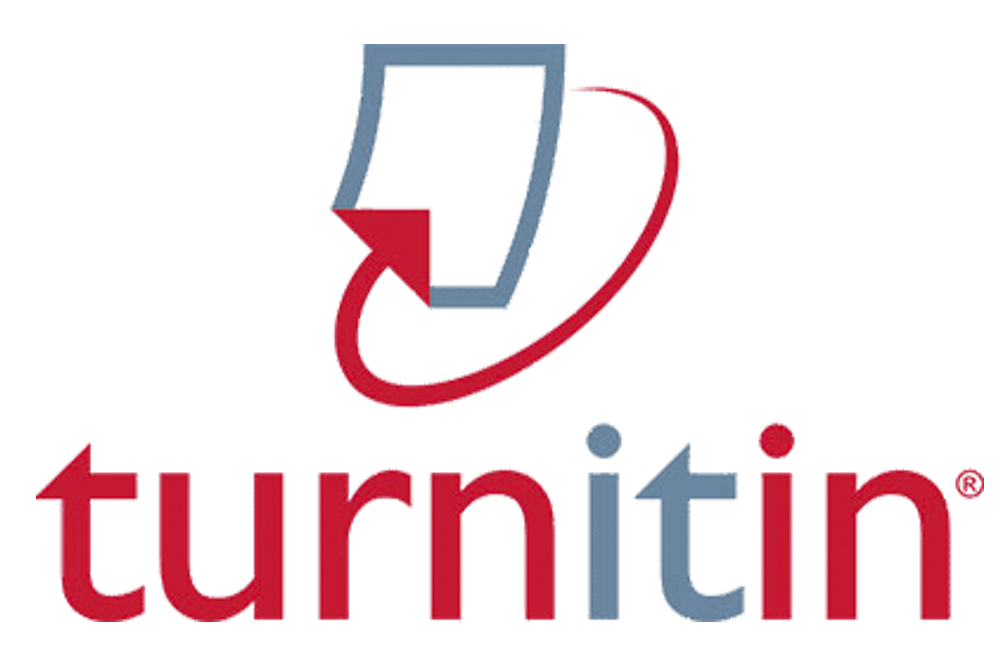STRATEGI KOMUNIKASI HUKUM DALAM MENGHADAPI FLAGIARISME PADA KALANGAN MAHASISWA DI ERA SERBA MEDIA
STRATEGI KOMUNIKASI HUKUM DALAM MENGHADAPI FLAGIARISME PADA KALANGAN MAHASISWA DI ERA SERBA MEDIA
DOI:
https://doi.org/10.25078/anubhava.v3i2.3020Abstract
The development of communication technology in this digital age requires students to adapt to the pattern of independent learning on campus (MBKM). Students as the country's next generation are a major asset in a country's progress, especially in the age of all media. This condition can be both an opportunity and a challenge in the educational communication model in this digital age. This article analyzes the various issues of adapting student learning communication in this age of all media. This communication brings many positive things like easy access and fast getting information from anywhere making it easy to learn from anywhere. This is in line with the principle of independent learning that aims to create superior students, namely through the Merdeka Learning Campus Merdeka program. Freedom of learning gives freedom in learning, that is, it can be anywhere, anytime and even from any source. In the independent learning program, students must think critically and be sensitive to the problems they face and arise in the society, then express their views and participate or be directly involved in solving these problems. In this way, we as students also play a role in the development of technology in the future. Along with the development of the times in the all-digital era, there are many hurdles and hurdles to overcome, one of which is communication. There is no denying that the development of technology also comes with the negative effects it causes. This should be avoided as much as possible and kept to a minimum, because the digital age also brings developments with many aspects, namely social, political, economic and cultural. One of the negative consequences that arise is plagiarism. Plagiarism is common and common among academics, especially at the tertiary level. In this digital age, many students take advantage of technological advancements to complete their assignments quickly and easily, by plagiarizing or copying other people's work on the Internet. It is no longer new for students to use technology in completing their assignments, which eventually led to the practice of plagiarism.Students' lack of understanding of the negative effects ofplagiarism makes it easy for students to plagiarize other people's work.Even if this can unknowingly lead to legal consequences for the perpetrators
References
BPK Republik Indonesia. 2010. "JDIH BPK Database Peraturan." Pencegahan dan Penanggulangan Plagiat di Perguruan Tinggi. Agustus. Accessed Maret 28, 2023. https://peraturan.bpk.go.id/Home/Details/163898/permendikbud-no-17-tahun-2010.
Budiasa, I Made. 2021. Pergulatan Ideologis di Media Siber Sebuah Analisis Wacana Kritis Stigmatisasi Gerakan Spiritualitas di Bali. Denpasar: UHN Sugriwa Press.
Undang-Undang tentang Hak Cipta. 2014. Undang-Undang Nomor 28 tahun 2014. soktober 16. peraturan.bpk.go.id.
Indonesia, BPK Republik. 2014. "Undang-Undang tentang Hak Cipta." Peraturan BPK RI. oktober 16. Accessed juni 2023. peraturan.bpk.go.id.
Kemdikbud. 2023. ANJANI: Anjungan Integritas AKademik Indonesia. April Senin. Accessed Maret 7, 2023. https://anjani.kemdikbud.go.id/.
RI, jdih BPK. 2014. oktober 28. Accessed april 24, 2023. https:peraturan.bpk.go.id.
Soelistyo, Henry. 2011. Plagiarisme: Pelanggaran Hak Cipta. Yogyakarta: Kanisius.
Downloads
Published
Issue
Section
License
Copyright (c) 2023 Anubhava: Jurnal Ilmu Komunikasi HIndu

This work is licensed under a Creative Commons Attribution-NonCommercial-NoDerivatives 4.0 International License.
Anubhava: Jurnal Komunikasi Hindu is licensed under a Creative Commons Attribution-ShareAlike 4.0 International License. Permissions beyond the scope of this license may be available at Anubhava: Jurnal Ilmu Komunikasi















